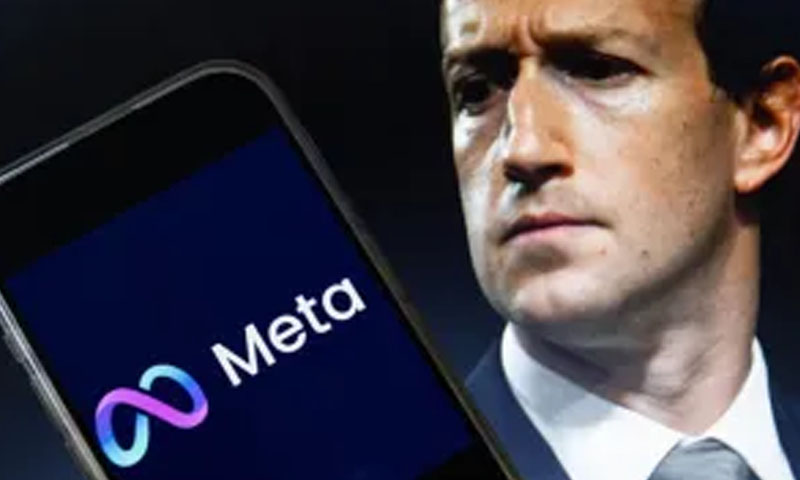- Sadiq Khan
- Today
Boeing’s Starliner launch: A mission delayed, but not deterred
-
- Web Desk
- Jun 02, 2024

CAPE CANAVERAL: Boeing encountered yet another setback on Saturday when its attempt to launch a crew aboard the Starliner spacecraft was abruptly halted just minutes before liftoff.
The unexpected delay is yet another obstacle for a programme that has faced numerous delays and technical issues over the years.
Read more: Boeing whistleblower found dead of apparent suicide
The National Aeronautics and Space Administration (NASA) and its mission partners Boeing decided to stop the latest launch attempt due to an issue with the ground launch sequencer.
According to NASA, the sequencer failed to verify the necessary redundancy. The team is now assessing upcoming launch opportunities either on Wednesday or Thursday.
The mission is officially known as the Boeing Crew Flight Test. It was intended to carry NASA astronauts Butch Wilmore and Suni Williams to and from the International Space Station (ISS). The launch utilised a United Launch Alliance Atlas V rocket. It was supposed to depart on Saturday from the Cape Canaveral Space Force Station in Florida, United States.
NASA scientists were scheduled to spend seven days aboard the International Space Station (ISS) to perform tests on the Starliner spacecraft and its various components. The mission held significant importance for NASA’s Commercial Crew Program, which is focused on certifying the transportation system for regular missions to the ISS.
The decision to cancel the launch was made because a previous launch attempt on May 6 was stopped due to concerns about a faulty oxygen relief valve on the Atlas V rocket’s Centaur second stage. Since then, teams have addressed the issue by replacing the valve and evaluating the performance of the Starliner spacecraft.
In addition to addressing technical issues, NASA and Boeing conducted a thorough review to assess all aspects of the mission before moving forward with the launch. Despite careful preparations, the unexpected delay highlights the intricate complexities and challenges that come with space exploration.
Read more: NASA, Boeing clear two technical hurdles for Starliner’s debut flight
The mission’s next steps involve assessing upcoming launch opportunities and resolving any remaining technical issues. NASA stated it remained dedicated to ensuring the safety and success of crewed missions to the ISS, advancing human spaceflight capabilities, and “nurturing partnerships” with the commercial space technology industry.





